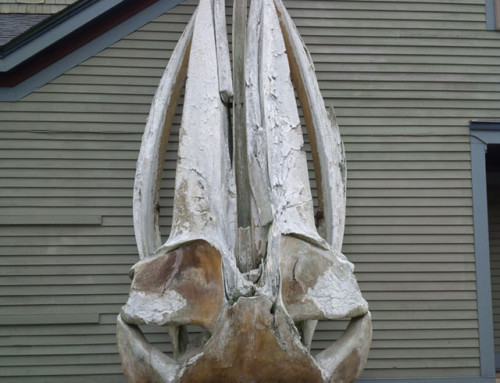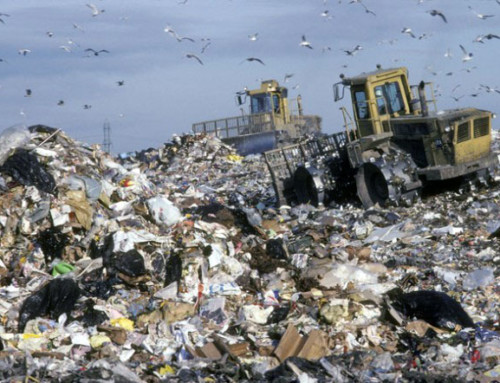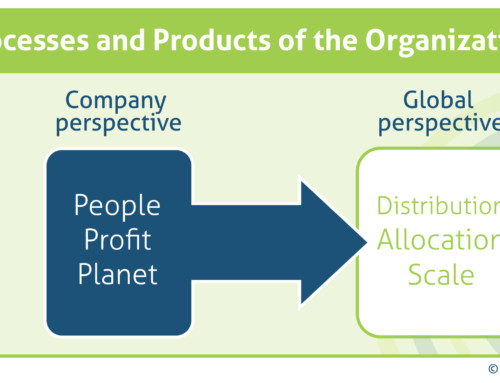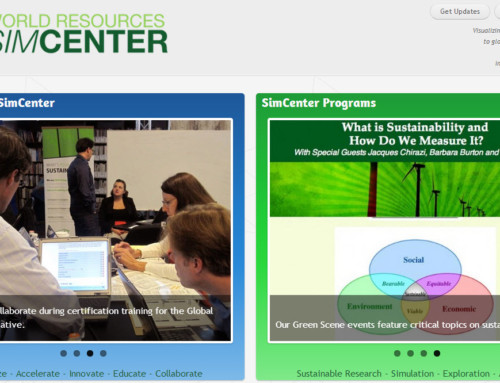General Dwight D. Eisenhower is credited with the saying “Whenever I run into a problem I can’t solve, I always make it bigger. I can never solve it by trying to make it smaller, but if I make it big enough, I can begin to see the outlines of a solution.”
There is incredible truth to this adage. If we try to solve our tough problems by making them smaller, we generally under perform in finding innovative solutions. This is because we are stuck with the same old constraints we have been accustomed to. This familiarity masks our vision and prevents us from looking at the problem with new insights. However, by making the problem “bigger”, we accept a new set of constraints, those associated with the larger system under consideration. This affords the opportunity of looking at things with a fresh set of eyes, opening the way to new thinking and new avenues of creativity.
Examples of this abound, especially in the field of sustainability. If we accept the notion that the design must now include the environmental impact of the part, product or process, we now have a new set of design constraints. This expanded set of constraints requires new ways of looking at the system under consideration. We alter our constraints, and in doing so shift our vision both upstream and downstream, so that now we have a new context in which to consider alternatives to the current design paradigm. We innovate, creating new ways of doing business. In the process we identify new ways of reducing costs, generating profits and reducing impact on the environment. We cascade leadership across the organization by empowering new ways of designing, testing, and manufacturing. We identify new sets of customer requirements that were overlooked by our competitors, and we find new ways of creating value. We look at our problems from a Sustainable Systems point of view.





